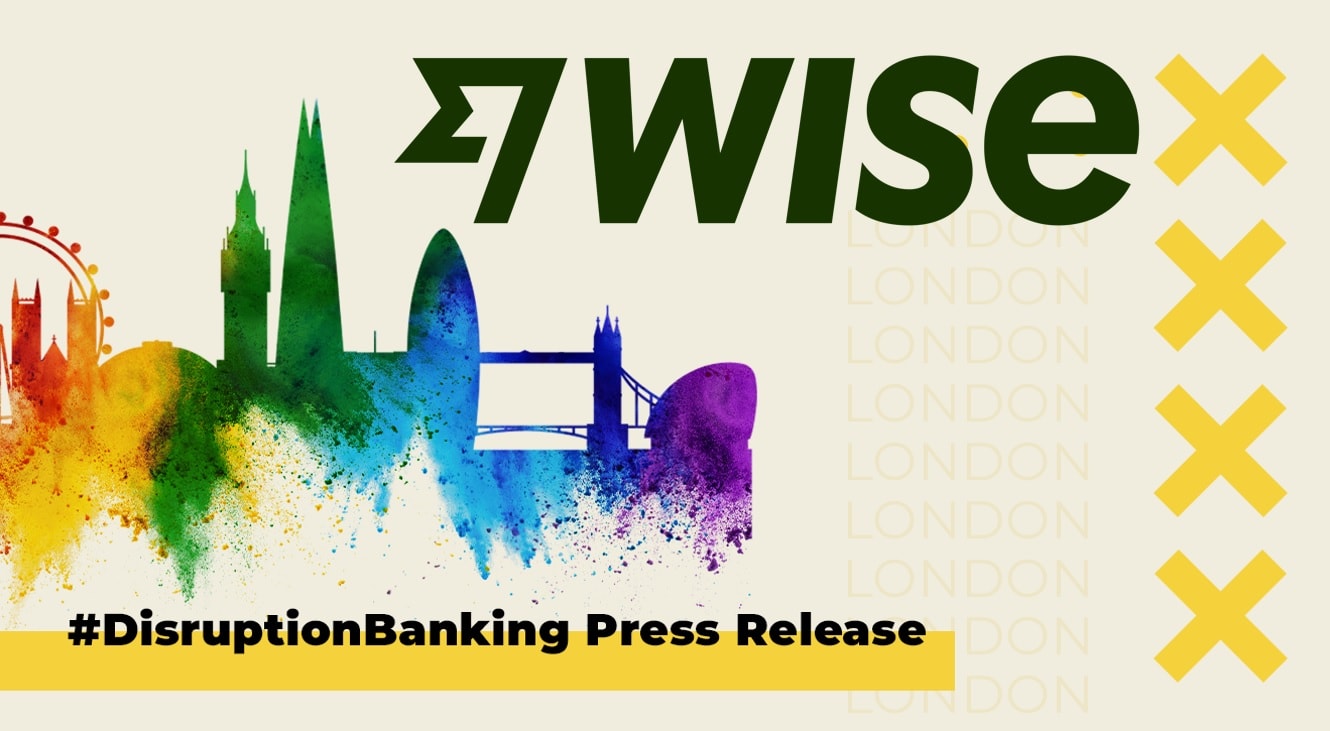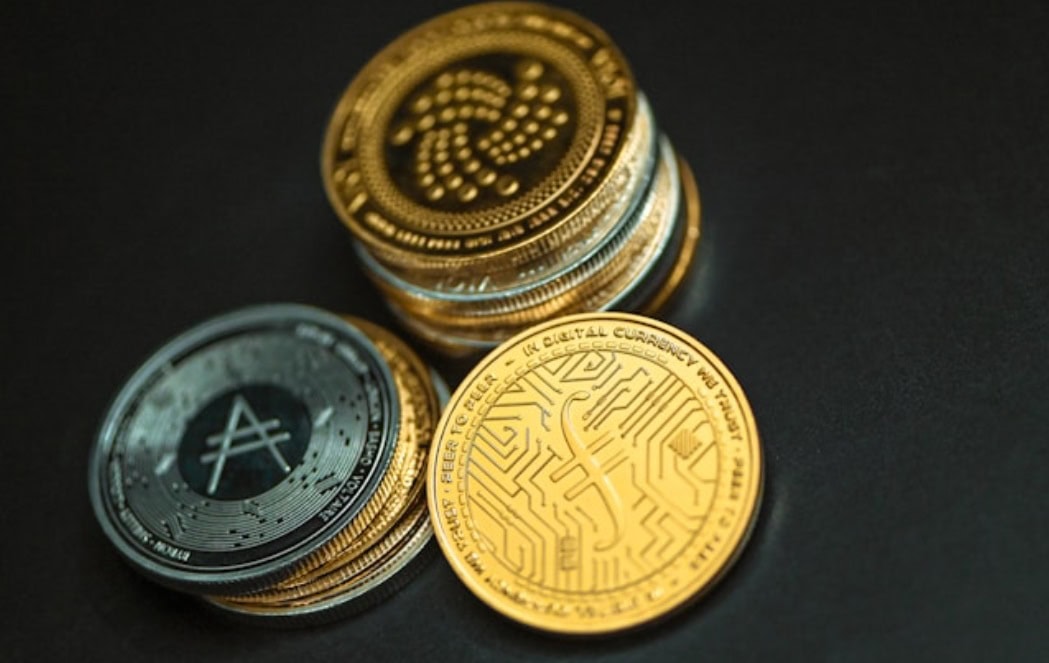Surges of interest in AI and machine learning have brought Fraud Analytics to the forefront of media debates. In this blog post, we explain their usage and particularly how they will operate in the open banking revolution.
What is Fraud analytics? Generally speaking, fraud analytics can be defined as a multidisciplinary field that combines numerous quantitative sciences in order to better understand fraud, for example through business intelligence (BI), and develop effective fraud detection solutions through data science. Fraud analytics is an umbrella term covering a lot of technologies — let’s look at the two big categories: Business Intelligence, and Data Science.
Business Intelligence
In the fraud management space, BI can be thought of as a descriptive performance reporter. It summarizes available data to provide business dashboards and insights to business leaders and fraud managers so they can make more informed decisions. This can involve, for example, analysing the performance of fraud strategy rules.
For BI to do its job, you need a robust data warehousing architecture so that data can be easily accessed for management information (MI) purposes. MI relates to creating executive dashboards, data visualisation, data storytelling and any other reporting methods.
Data Science
Data science relates to a set of more sophisticated technologies for performing predictive and prescriptive analytics. Predictive analytics is focused on making predictions about the future of unknown events (or, in the case of fraud, current events outcomes). Prescriptive analytics relates to choosing the optimal course of action based on the outcome of those predictions.
Increases (volume) in available data of different types (variety) and data often arriving in streams (velocity) have led to a development of Big Data tools such as Hadoop and Kafka. Critically, traditional data storage and processing systems are not efficient enough to deal with the aforementioned three Vs of Big Data. Once in a Big Data store, analysts can work with the data and develop an understanding of the features that are predictive when detecting fraud.
Artificial Intelligence and Machine Learning
Arguably the most exciting technologies in fraud analytics today are artificial intelligence (AI), machine learning and deep learning.
-
AI relates to the computer implementation of human thought processes in a computerized and efficient fashion.
-
Machine learning is a subset of AI that relates to the science of algorithms. Machine learning is a set of numerous algorithmic techniques can be used to extract complex relationships in data which a human could not find.
-
Deep learning is a class of machine learning algorithms focused specifically on building “deep” (multi-layered) neural networks, a form of AI widely used in fraud detection.
There are three major types of machine learning:
-
Supervised learning is focused on making inferences from labelled historical data where labelled data can represent, for example, transactions that were found to be fraudulent or genuine in the past.
-
Unsupervised learning is used to make inferences from datasets consisting of instances without labelled responses.
-
Semi-supervised learning is a combination of the two previously described types and it can make use of both labelled and unlabelled data.
Supervised learning is not yet applicable to open banking because historical data is not yet available and the evolution of open banking in terms of adoption is still unclear. Therefore, unsupervised machine learning provides a valuable alternative, for those that do not have large data stores of fraud and non-fraud transaction data. They can construct data sets that are expected to simulate the upcoming open banking environment or benefit from previous open banking launches.
For more information: visit Fico blog.













